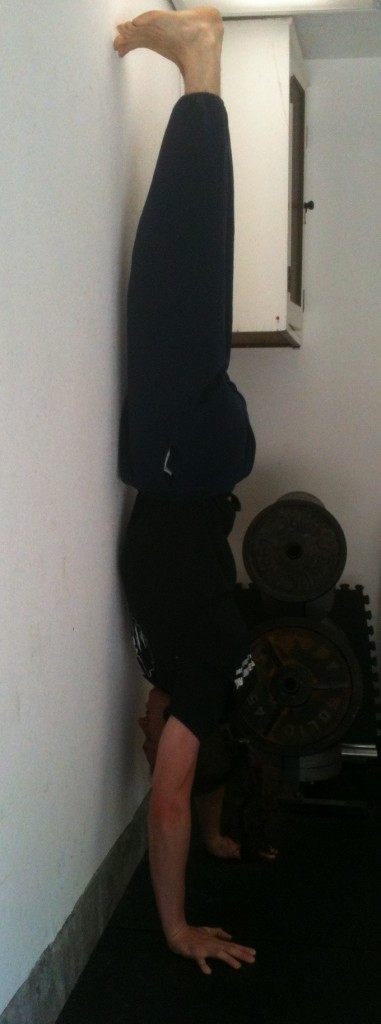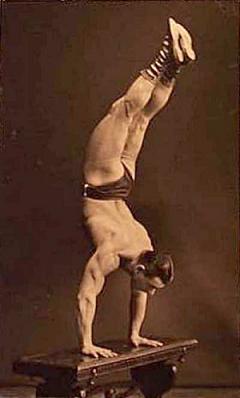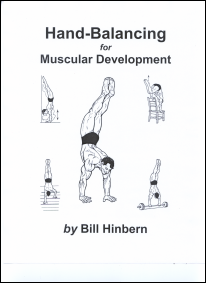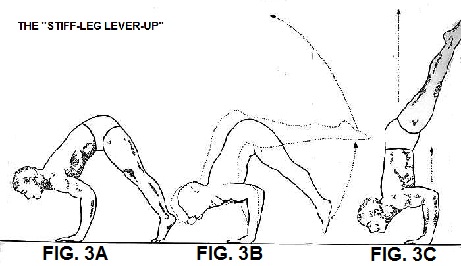Every kid loves to kick up some dirt and spring into a handstand. It’s a fun way to release energy and show off a little bit for their friends. It’s important to make sure that when learning how to do a handstand for kids, both the child is comfortable and strong enough for the handstand and the adult is comfortable spotting for the handstand. Be sure that you’ve fully mastered the headstand with the child to ensure that they are properly conditioned in order to learn how to do a handstand without injury. Similarly, it is important to make sure that when teaching how to do a handstand for kids, you ensure the safety of both you and the child.
Beginning the Handstand
To begin instructing how to do a handstand for kids as the spotter, get down on one knee just off to the side of the child, near the head. Have the child get down on their hands and knees with their wrists beneath the shoulders, knees below hips. Sometimes it is useful to place a sticker, or a toy between their hands. This keeps their focus down onto the floor where it is needed in order to safely perform the handstand. Before the child begins, as the spotter, place your hand on/under their shoulder. There is a real possibility that the child’s elbows will buckle and they could fall onto their head. Having your hand in this position can help add support and prevent head and neck trauma in the event of a fall.
Going into the Handstand
Similar to the headstand, in order to go into the handstand, the child should bring one knee in towards their chest while extending the other. As the spotter, place your hand under the extended leg to assist. The child should then push off using the bent leg, lifting the extended leg, and bringing up the bent leg to meet it. If the child has trouble pulling their legs straight up and together, just work on the push off and bringing the legs together without worrying about getting the legs straight up. When you’re both comfortable, you can try for the fully extended handstand. Be sure to always provide proper support while the child is learning now to do the handstand. Again, it is always important to ensure the safety of both you and the child.
Posture during the full Handstand
Once you and the child are comfortable and they have lifted into a fully extended handstand, you can focus on the proper posture while holding the handstand. Be sure that both you and the child have your tummies tucked into your backbone. As the spotter, slide your hands up the length of the child as you straighten your knees to standing. Focus your support on their waist. At this point, you can add an element of fitness to the pose. The ‘straddle’ and the ‘pike’ are two fitness positions you can add on once the handstand has been mastered.













